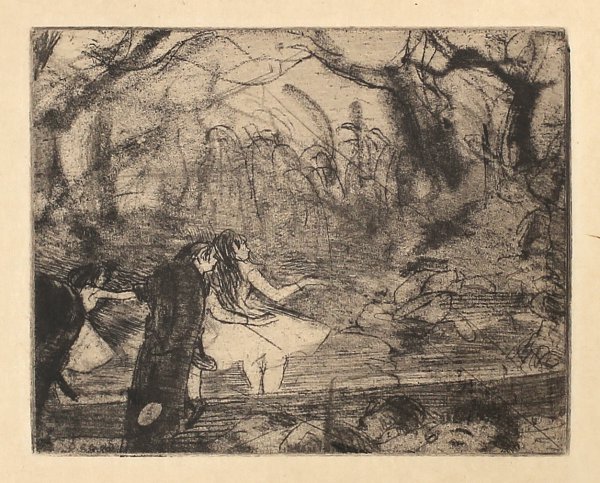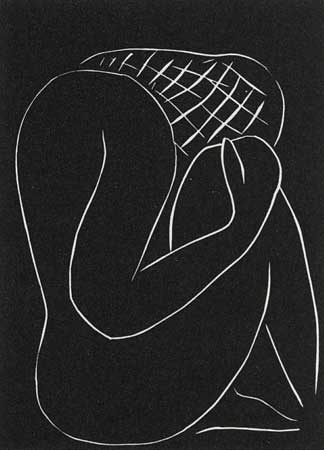Is Modern Art Valid?
Love it or hate it, modern art can certainly divide opinion. After all, when it comes to art these days it seems that anything goes.
For some, modern art is a way of expressing their emotions and ideas in a thought-provoking and original way, but to others it just seems like a quick method of extracting large sums of money for something very every-day and uninspiring. Modern art has become very popular in recent years, with chic chrome galleries popping up in capital cities across the world from New York to Dubai.
But what about aesthetic value? And what actually makes it “art”? After all, many of us have looked at a piece like a blank canvas with a single dot drawn it, or a roof tile sitting on a coffee table, and thought “my toddler could’ve done that.” But if you’re totally indifferent to Modern Art, or indeed downright hate it, there’s no denying that it does seem to stir certain feelings within many people that makes it important and worthwhile. However, it does bring up an interesting question: what constitutes modern art and how is it valid?
To have some kind of a chance of understanding, we must look at its history and what it’s really all about.
Where did modern art come from?
Impressionism is said to be the forerunner of modern art as we know it. Throughout the history of art, techniques, mediums and styles have changed and evolved, each time bringing a new wave of reaction and a departure from those that have gone before.

Famous impressionist artist Monet has been often described as the father of modern art, although Impressionism was not actually a school but a label given to a group of a dozen or so radical artists displaying their art between 1874 and 1886 in Paris. Most (but not all) were French, and included the likes of Paul Cézanne, Edgar Degas, Paul Gauguin and Auguste Renoir. Impressionism is about perception and how the viewer of the art sees it personally. Characterised by relatively thin, small, but visible brush strokes and open composition, impressionists emphasise the importance of accurately depicting light with its changing qualities. They often use ordinary subject matter and unusual visual angles to highlight the effects of the passage of time and also use movement as a vital part of human experience and perception.
Expressionism: the last step towards modernism
Following Impressionism, Expressionism further continued the development of Modern Art through its use of perception, however this time the focus was on the artists themselves. Expressionism is all about the artist’s own ego, separating the existence of an object from its essence. And it is essence that is the key here.

Modern art is stark, highly unique and deeply personal to the individual that created it. It forces artists to construct a new perspective – one that is defined metaphysically rather than empirically. It’s easy to see how both Impressionism and Expressionism have played their parts in the rise of Modern Art and whatever your opinion it’s certainly here to stay.
